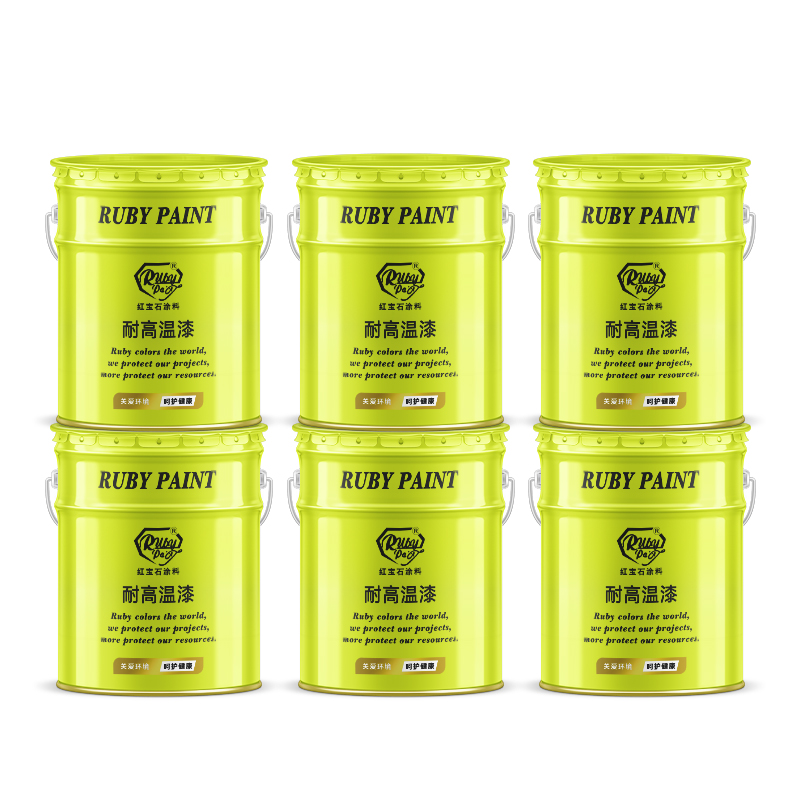Table of Contents
DIY Tips and Tricks for Painting Copper Tubing Like a Pro
Copper tubing is a versatile material used in various applications, from plumbing to HVAC Systems. While its natural copper color can be aesthetically pleasing, there are times when painting it becomes necessary or desired. Whether you’re looking to match it with other components or simply want to change its appearance, painting copper tubing is indeed possible. However, there are important considerations to keep in mind to ensure a successful outcome.
First and foremost, it’s essential to understand that copper, like many metals, requires proper preparation before painting. This preparation involves cleaning the surface thoroughly to remove any dirt, grease, or oxidation that may inhibit paint adhesion. Using a degreaser and a fine abrasive Pad can effectively clean the surface without causing damage to the copper.
Once the tubing is clean and dry, the next step is to apply a primer specifically formulated for use on metal surfaces. The primer acts as a bonding agent, promoting adhesion between the copper and the paint while also providing additional corrosion protection. It’s important to choose a primer that is compatible with both copper and the type of paint you intend to use.
When selecting paint for copper tubing, it’s crucial to choose a product that is suitable for metal surfaces and can withstand the conditions to which the tubing will be exposed. This may include factors such as temperature fluctuations, moisture, and UV exposure if the tubing will be installed outdoors. Additionally, consider whether the paint needs to be heat resistant, especially if the tubing will be used in applications such as HVAC systems.

Before applying the paint, it’s a good idea to test it on a small, inconspicuous area of the tubing to ensure compatibility and adhesion. Once you’re satisfied with the results, you can proceed to paint the entire surface using smooth, even strokes to achieve a uniform finish. Depending on the type of paint used, multiple coats may be necessary to achieve the desired opacity and durability.
After the paint has dried completely, consider applying a clear coat or sealer to further protect the finish and enhance its longevity. This step is particularly important if the tubing will be exposed to harsh conditions or frequent handling. Be sure to follow the manufacturer’s instructions for the clear coat or sealer to ensure proper application and drying times.
In addition to proper preparation and painting techniques, there are a few other tips to keep in mind when painting copper tubing. Avoid using abrasive Cleaners or harsh Chemicals on the painted surface, as these can damage the finish and compromise its integrity. Instead, use a mild detergent and water to clean the tubing as needed.
Furthermore, be mindful of the Environment in which the painted tubing will be installed. If it will be exposed to extreme temperatures or humidity, choose paint and sealant products that are specifically designed to withstand these conditions. Additionally, consider using heat-resistant paint if the tubing will be located near sources of heat, such as furnaces or Water Heaters.
In conclusion, painting copper tubing is a feasible option for those looking to customize its appearance or match it with other components. By following proper preparation and painting techniques, choosing the right materials, and considering the environmental factors, you can achieve professional-looking results that will stand the test of time.

